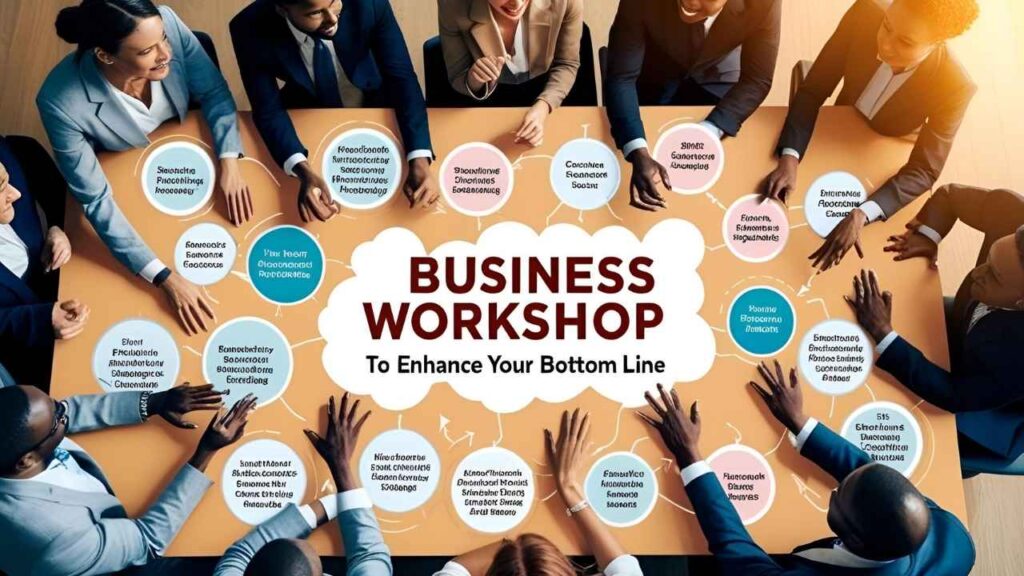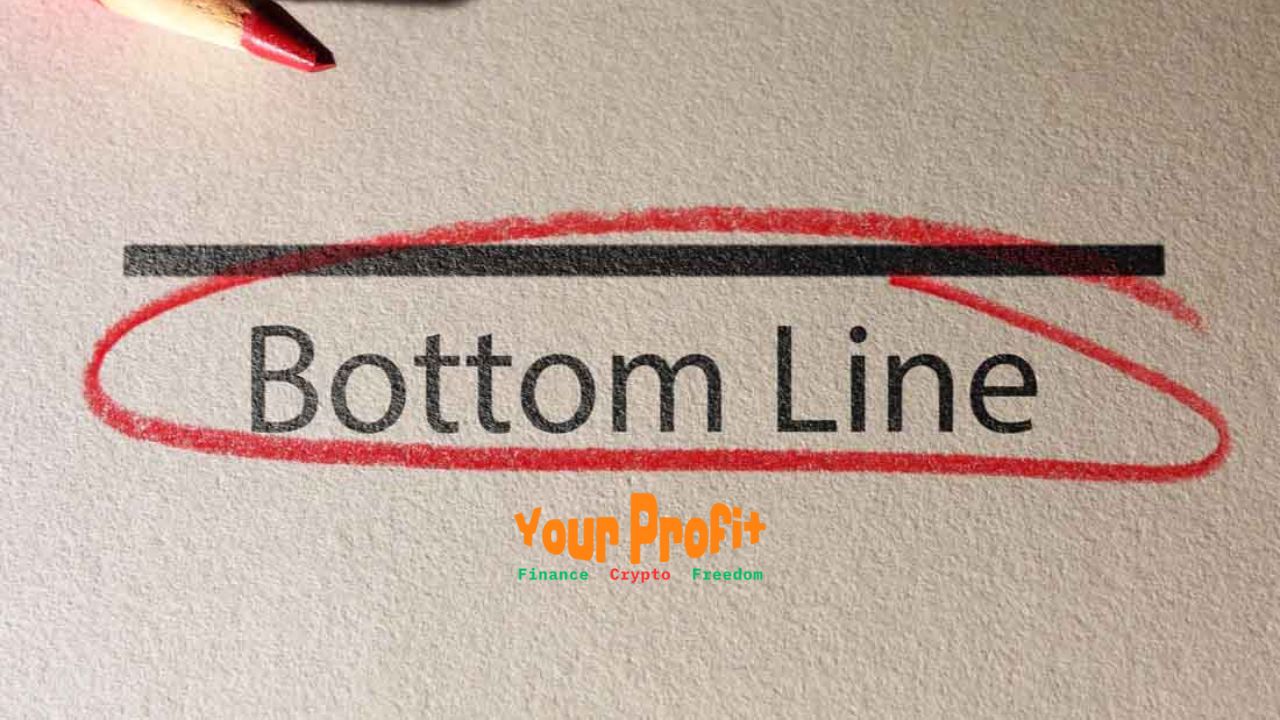Understanding the Importance of Bottom Line Growth
Your company’s bottom line isn’t just a number—it’s the ultimate indicator of financial health and business success. It refers to your net earnings, calculated after all expenses, taxes, and costs are deducted from revenue. Boosting your bottom line doesn’t happen overnight, but through a combination of smart strategies and consistent effort, significant improvements are entirely possible.
Why should you care so much about your bottom line? Well, a healthy bottom line not only attracts investors and ensures stability but also provides room for expansion, innovation, and long-term survival—even in uncertain economic times.
Conducting a Comprehensive Financial Health Check
Before you can improve your bottom line, you must first understand where you stand. This starts with a thorough review of your financial statements, including your income statement, balance sheet, and cash flow report.
Key steps to financial health check:
-
Analyze Revenue Sources: Identify which areas are profitable and which ones are draining resources.
-
Evaluate Expenses: Look at recurring costs and question their necessity.
-
Review Cash Flow: A positive cash flow is essential for day-to-day operations and long-term stability.
Pinpointing inefficiencies early gives you the insight needed to create effective improvement strategies.
Streamlining Operational Processes
Every company has some degree of operational waste—time, resources, or money that could be better used elsewhere. By trimming the fat, you can drastically enhance your bottom line.
Effective methods include:
-
Lean Management Techniques: Focus on delivering more value to customers with fewer resources.
-
Automation: Use technology to streamline repetitive tasks such as invoicing, inventory management, and customer service inquiries.
Implementing even minor process improvements can result in big savings over time.
Strengthening Customer Relationships

Customers are the lifeblood of your business. Building strong, loyal relationships not only drives repeat business but can also lead to free marketing through word-of-mouth referrals.
Best practices:
-
Enhance the Customer Experience: Offer exceptional service at every touchpoint.
-
Listen and Act on Feedback: Use customer insights to refine your products, services, and processes.
By focusing on customer retention, you’ll spend less on acquisition and maintain a stable revenue stream.
Optimizing Pricing Strategies
Your pricing strategy directly impacts profitability. Too high, and you scare customers away; too low, and you leave money on the table.
Pricing improvements to consider:
-
Dynamic Pricing: Adjust prices based on demand, seasonality, or market trends.
-
Value-Based Pricing: Price according to the perceived value to the customer rather than just cost-plus margins.
A smart pricing model can boost your bottom line without selling a single additional unit.
Diversifying Revenue Streams
Relying too heavily on a single product, service, or client can be risky. Diversification is a shield against volatility.
Ways to diversify:
-
Launch New Products or Services: Offer complementary products to your existing portfolio.
-
Expand into New Markets: Consider reaching new geographic areas or different customer segments.
Multiple income sources provide stability and boost profitability over time.
Cutting Unnecessary Costs Without Sacrificing Quality
Cost-cutting is a quick way to enhance your bottom line, but it must be done strategically. Slashing expenses without a plan can damage product quality or employee morale.
Smart cost-cutting strategies:
-
Negotiate Better Vendor Deals: Don’t hesitate to ask for discounts, bulk pricing, or better payment terms.
-
Implement Cost Control Systems: Set budgets and regularly monitor spending to prevent wasteful expenditures.
The goal is to trim the fat, not the muscle—ensuring you maintain quality while improving profitability.
Investing in Employee Development
Your employees are your most valuable asset. Investing in their growth pays off in higher productivity, better service, and increased loyalty.
Effective ways to support your team:
-
Offer Training Programs: Skills enhancement leads to greater efficiency and innovation.
-
Boost Employee Engagement: Recognize achievements, encourage feedback, and create a positive work environment.
Engaged and capable employees drive better results, directly impacting your bottom line.
Leveraging Technology and Digital Tools
In today’s world, using the right technology is non-negotiable if you want to stay competitive and efficient.
Key tech upgrades to consider:
-
CRM Systems: Improve customer interactions and retention rates.
-
Cloud Computing: Save on infrastructure costs and gain flexibility.
Technology not only saves money but also unlocks new revenue opportunities through better data and analytics.
Strengthening Your Online Presence
Your digital footprint can significantly influence your revenue streams. A strong online presence builds credibility, attracts new customers, and fosters loyalty.
Tactics to strengthen your digital strategy:
-
Invest in Digital Marketing: SEO, social media advertising, and email campaigns offer great ROI.
-
Focus on Content Marketing: Educate, inform, and engage your audience with blogs, videos, and webinars.
More visibility means more leads, and more leads mean more potential sales!
Enhancing Strategic Partnerships
Collaborations with other businesses can open doors to new opportunities and expand your customer base without heavy investment.
How to create valuable partnerships:
-
Seek Complementary Businesses: Partner with companies that offer related products or services.
-
Consider Joint Ventures: Shared projects can reduce costs and risks while maximizing returns.
A well-chosen partnership can significantly boost your bottom line by offering mutual growth opportunities.
Monitoring Key Performance Indicators (KPIs)
If you can’t measure it, you can’t improve it. Regularly tracking the right KPIs helps you stay on course toward your financial goals.
Important KPIs to track:
-
Profit Margins: Monitor how much profit you’re making relative to your sales.
-
Customer Acquisition Cost: Ensure you’re not overspending to attract new customers.
Regular review and adjustment based on data ensure that your strategies remain effective and your bottom line stays healthy.
Embracing Innovation and Change Management
Standing still is a surefire way to fall behind. Encourage innovation and be prepared to adapt to new circumstances.
How to stay ahead:
-
Foster a Culture of Innovation: Encourage new ideas and reward creative thinking.
-
Manage Change Effectively: Communicate openly, train your team, and lead by example during transitions.
Companies that embrace change are more resilient and better positioned for long-term success.
Preparing for Economic Fluctuations
Markets can change quickly. Being proactive rather than reactive will help you weather economic storms.
Preparation steps:
-
Build Financial Reserves: Having a cash cushion can keep you afloat during lean periods.
-
Scenario Planning: Develop multiple business strategies to handle different economic situations.
A prepared business is a thriving business, no matter the economic climate.
Legal and Compliance Considerations
Staying compliant with laws and regulations isn’t just about avoiding fines—it protects your reputation and builds trust.
Essential legal practices:
-
Stay Updated on Regulations: Industries evolve, and so do legal requirements.
-
Implement Risk Management Plans: Regular audits and proactive compliance strategies can safeguard your business.
A legally sound business environment supports sustainable bottom-line growth.
Frequently Asked Questions
1. What is the easiest way to enhance my bottom line?
Start with a financial health check and cut unnecessary expenses—you’ll see quicker results without major changes.
2. How often should I review my financial statements?
Monthly reviews are ideal for spotting trends and making timely adjustments.
3. Can investing in employees really improve profits?
Absolutely! Trained, engaged employees are more productive, leading to higher quality work and happier customers.
4. How does digital marketing impact the bottom line?
Digital marketing is cost-effective, reaches a wide audience, and drives more conversions, all boosting revenue.
5. What are examples of strategic partnerships?
A local gym partnering with a nutritionist, or a software company collaborating with a cybersecurity firm, are great examples.
6. How can small businesses prepare for economic downturns?
Focus on cash flow management, diversify your offerings, and maintain strong relationships with customers and suppliers.
Sustaining Long-Term Bottom Line Growth
Enhancing your bottom line isn’t a one-time project—it’s an ongoing process that requires diligence, innovation, and smart strategy. By regularly assessing your financial health, streamlining operations, nurturing customer relationships, investing in technology, and preparing for the future, you’ll build a business that thrives in any economic climate.
Remember, small consistent improvements compound over time into significant gains. Start implementing these proven methods today, and watch your bottom line soar!






